In pictures: Olympic Studios reborn
- Published
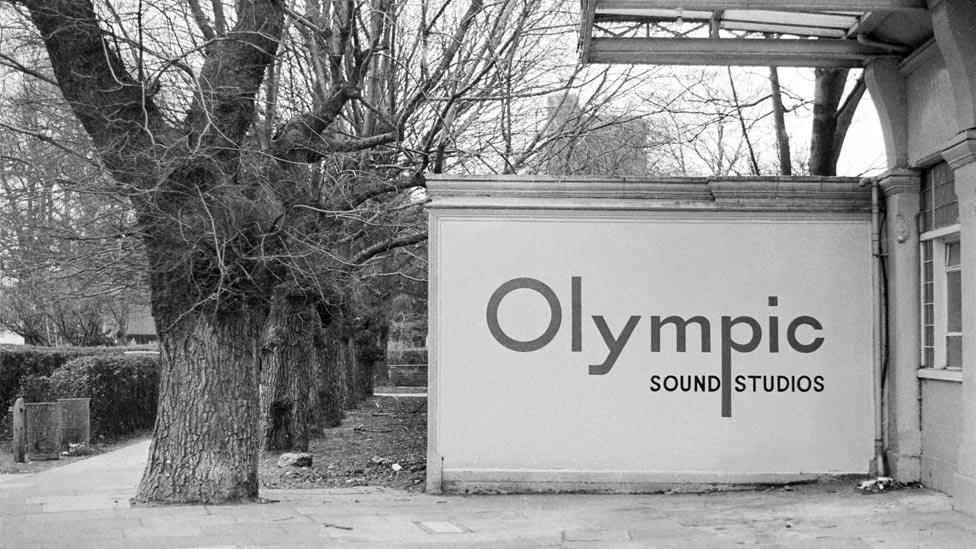
From 1966 to 2009, the Olympic Studios in Barnes in south-west London was a mecca for some of the world's most successful recording artists. The Who, Queen, Led Zeppelin and Pink Floyd are just some of the acts to have recorded there. But now the building has a new identity - as a cinema. Photo by Eddie Kramer.
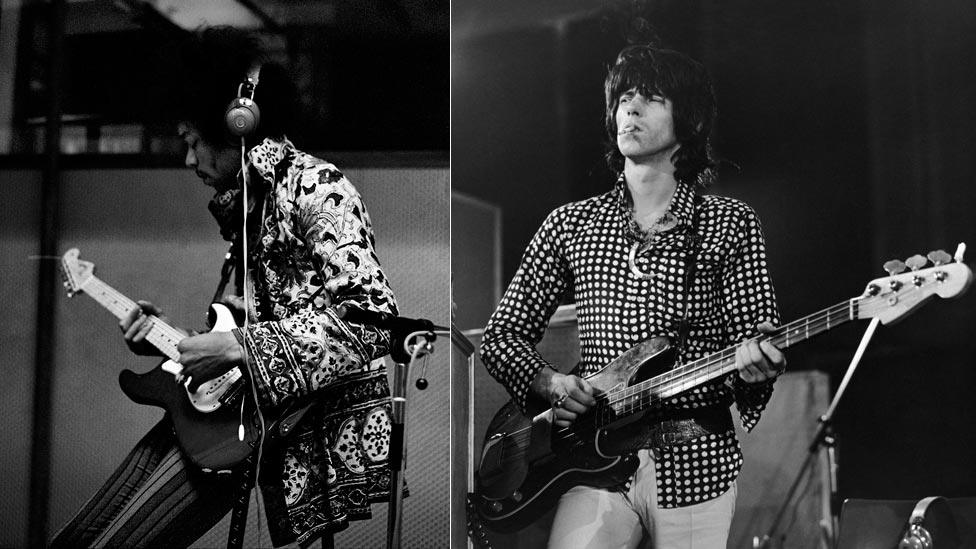
Legendary rock star Jimi Hendrix came to the Olympic in 1967 to record his debut album Are You Experienced. Keith Richards would match him guitar lick for guitar lick the following year while recording Sympathy for the Devil with the Rolling Stones.
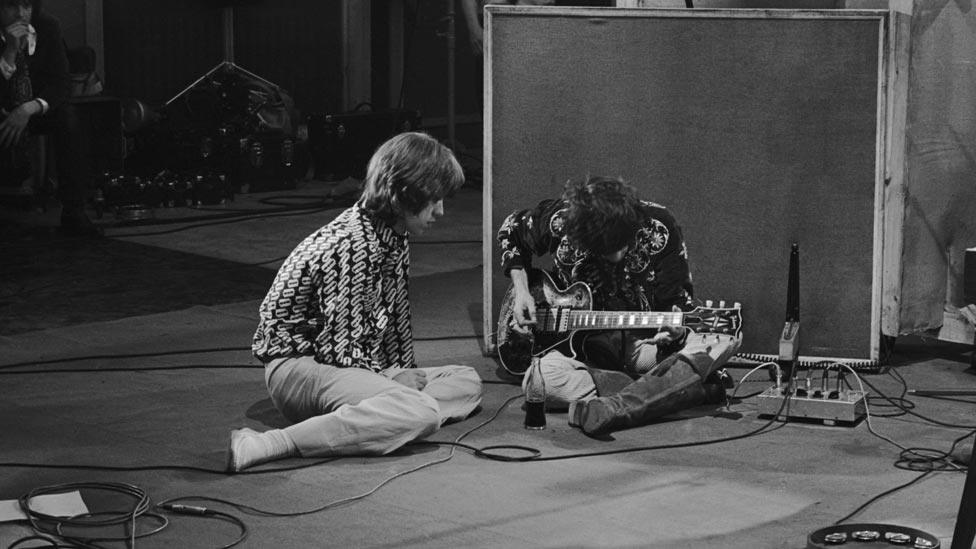
The Rolling Stones were no strangers to the Olympic, recording six consecutive albums there between 1966 and 1972. The recording of Sympathy for the Devil, the first track on their Beggars Banquet album, was captured for posterity by French film-maker Jean-Luc Godard.
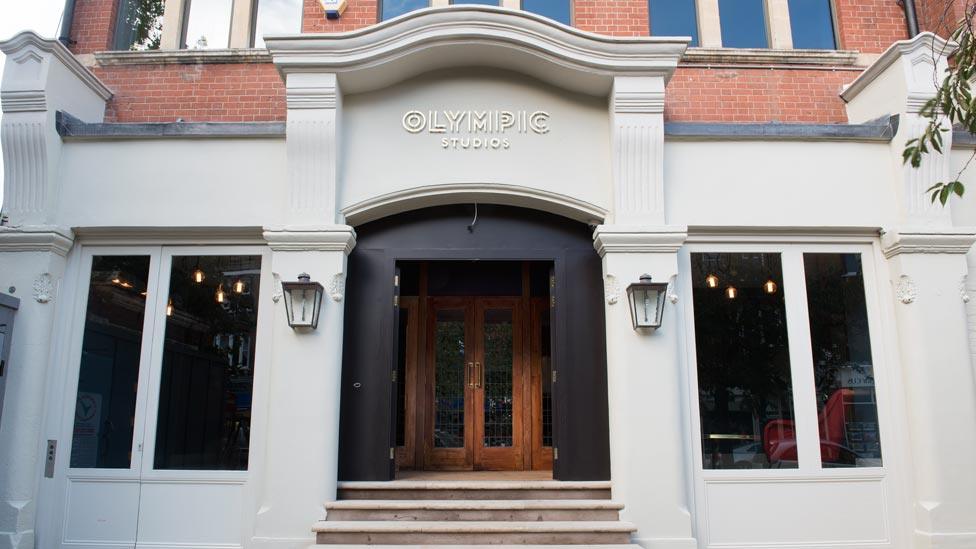
The Beatles, though synonymous with Abbey Road in north-west London, also walked through Olympic Studios' doors to record the original tracks of All You Need is Love and Baby, You're a Rich Man. The latter track got a new lease of life in 2010 when it was used in the Oscar-winning Facebook drama The Social Network.
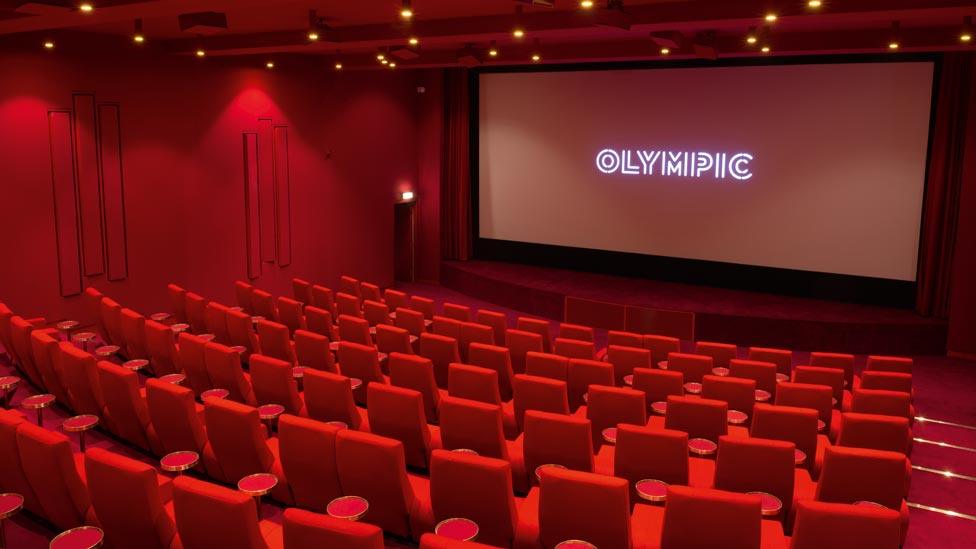
The Olympic's famed Studio One was also used to produce the soundtracks for such films as The Italian Job, Get Carter and The Rocky Horror Picture Show. The building's new owners say they hope to screen some of these in the new cinema that now fills the space where the main recording studio once stood.
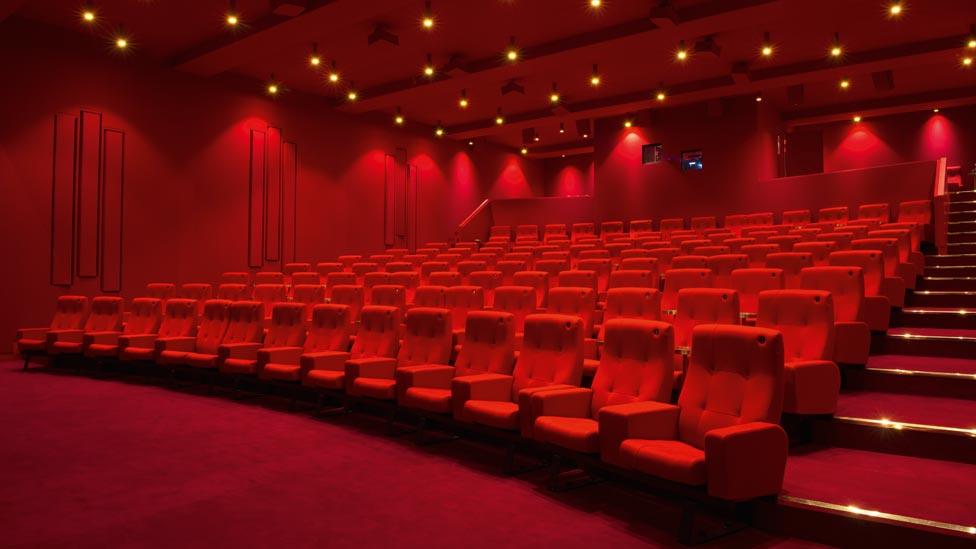
The cinema's owners say they hope to honour the building's tradition of superior sound technology by using a state-of-the-art Dolby Atmos system employing 66 ceiling speakers. A second cinema is currently being built in the basement, where John Lennon used to park his Rolls Royce.
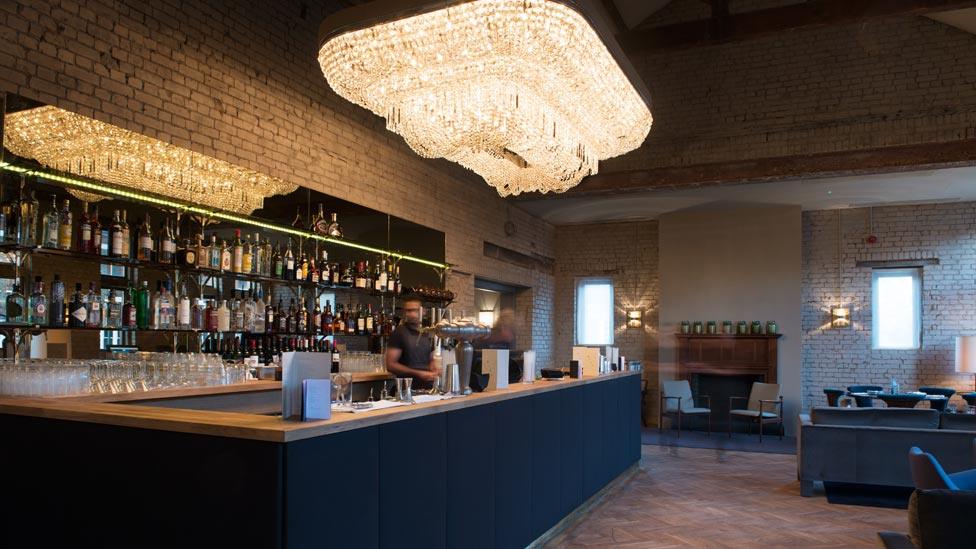
When the Olympic's second recording studio opened in 1968, Stones frontman Mick Jagger was put in charge of the decor and furnishings. Where the studio once stood there is now a members' bar whose walls are decorated with photos from the building's illustrious past.

The space's ties to the Rolling Stones are highlighted by two "speaker" paintings by guitarist Ronnie Wood especially created "for the New Olympic".
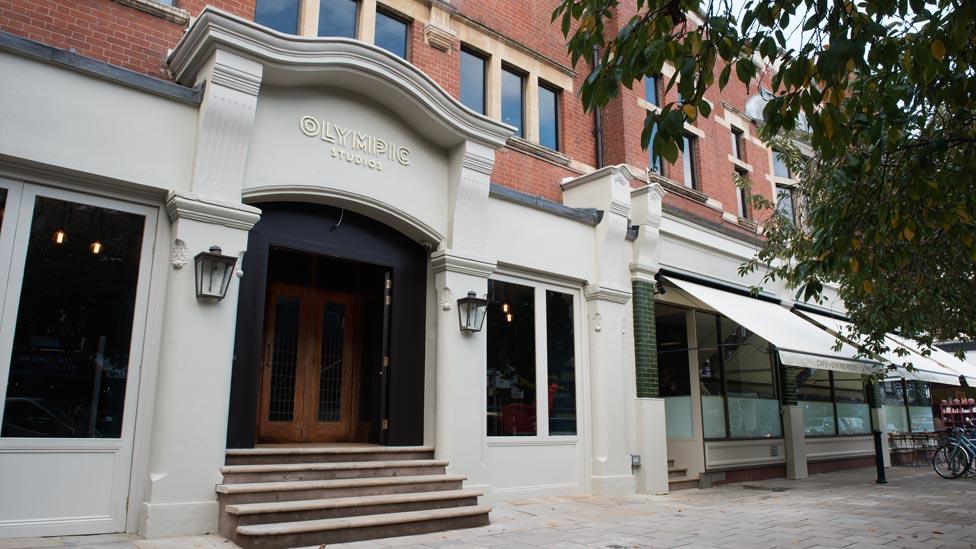
In becoming a movie house, the Olympic reverts to the building's previous life as Byfield Hall, a historic entertainment venue whose attractions included the bioscope, an early form of cinema. Opened in 1906, the building was renamed the Barnes Cinema four years later.
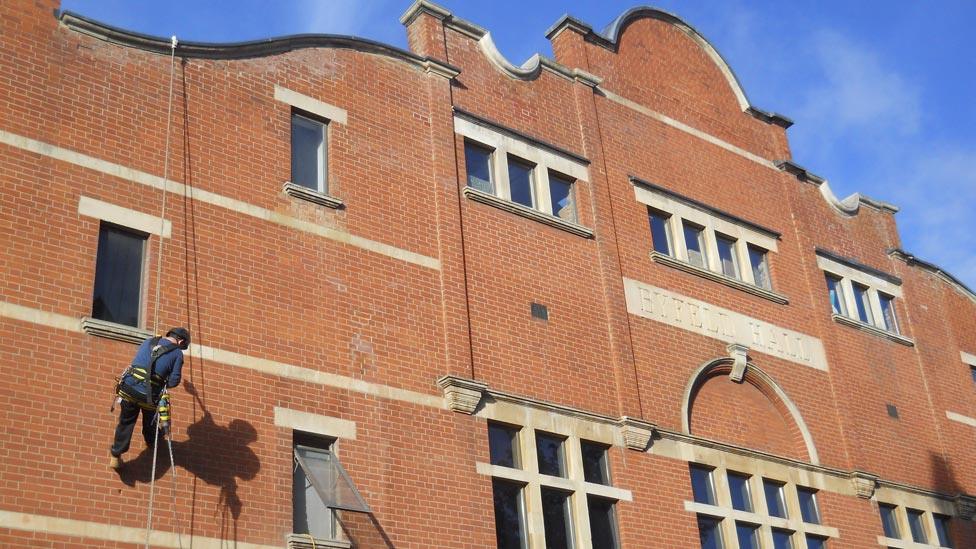
The side of the Olympic Studios still displays its original name. Over the years, however, the building has also been known as Barnes Theatre, The Ranelagh, The Plaza, The New Vandyke and the Barnes Picture House.
- Published25 April 2012